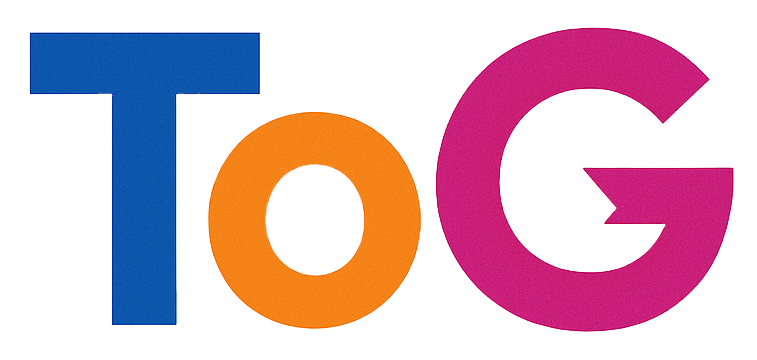Understanding SEO Strategies for Large-Scale Child Page Architectures in WordPress Websites
In the digital landscape, search engine optimization (SEO) remains a critical factor for ensuring visibility and accessibility of your website’s content. This importance becomes even more pronounced when managing websites with extensive hierarchies of pages—sometimes numbering in the hundreds of thousands or even over a million child pages. For small businesses, especially those providing specialized services such as government grant search tools, implementing effective SEO strategies at this scale can seem daunting but is absolutely achievable with the right approach.
Case Study: Managing a Hierarchically Structured Government Grant Platform
Consider a small enterprise facilitating government grant searches for various agencies and programs. Such a platform typically features a parent page – like a ‘Government Agency Finder’ – with numerous child pages representing each agency. In practice, this means:
- The ‘Government Agency Finder’ page is a central hub.
- Each of the approximately 900 agencies has its dedicated child page.
- For more complex searches, like ‘Contract Vehicle Finder’, there could be over 100,000 individual pages.
- At the extreme end, some sections may contain over a million child pages.
This extensive architecture necessitates tailored SEO strategies tailored to large-scale page hierarchies.
Key Considerations in SEO for Massive Child Page Sets
- Hierarchical Structure and URL Optimization
Maintaining a clear and logical URL structure is essential. For example, parent pages should serve as high-level categories with child pages nested logically beneath them, such as:
example.com/government-agency/agency-name
example.com/contract-vehicles/vehicle-name
This clarity helps search engines understand the relationship between pages and enhances crawl efficiency.
- Meta Data and Content Management
Instead of manually optimizing each child page, leverage templated meta descriptions, titles, and schema markup where possible. Automating meta data generation ensures consistency and reduces manual workload.
- Robots.txt and Crawl Budget Optimization
Search engines allocate a crawl budget that limits how many pages they crawl within a given timeframe. For sites with millions of pages, controlling which pages are crawled becomes crucial.
- Use robots.txt to block non-essential or duplicate pages.
- Implement canonical tags to prevent duplicate content issues.
-
Prioritize important pages for crawl via sitemap submission.
-
Sitemaps and Indexing
Create comprehensive XML sitemaps that include priority levels for different sections. Submit and update these

